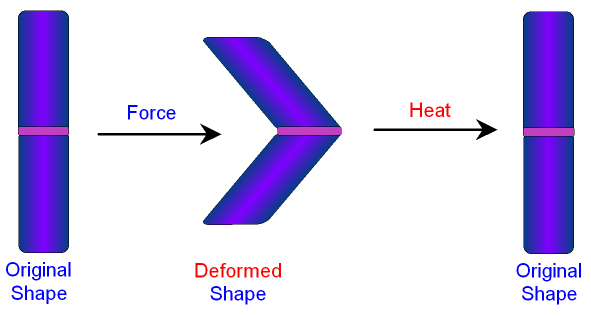When it comes to 3D printing, the sky is the limit. As 3D printing technology continues to advance, applications can be as far reaching as airplane and automobile parts to medical devices and even anatomically correct, biocompatible models. Although 3D printing technology is developing at a rapid pace, the technology itself is not new. It emerged in the 1980s as a means of creating rapid prototypes. In recent years the applications for 3D printed models have evolved with the available hardware, software, and printable materials. Evolving technology, paired with the creative and innovative minds of scientists, engineers, and physicians, has been the launching pad for developments within 3D printing technology specific to healthcare. One way 3D printing technology is poised to create better patient outcomes is in creating an anatomically and patient-specific models to aid in surgery and medical procedures. With the capability to 3D ...

When an earthquake hits, modern bridges flex, but older bridges can simply snap and need time-consuming emergency repair. However, a new “shrink-wrap” technique to fix bridges that use shape memory alloys is much faster than previously used techniques such as a fiber-reinforced polymer or concrete jackets and could make the older structures super strong, reports David Hambling for New Scientist.
Shape memory alloys can return to their original shape when heated. Baseem andrawes, a civil engineering professor at the University of Illinois, Urbana-Champaign, and his team developed the new alloy repair technique. He told Hambling that the new repair takes hours compared to days or weeks of skilled construction labor for other techniques. The new technique will be tested in the next few months on road bridges in association with the Illinois Department of Transportation.
Hambling explains the technique:
The first stage of the repair is to remove loose concrete from the damaged column and replace it with quick-setting mortar.Then a spiral of wire made of a nickel-titanium-niobium alloy is wrapped around the column. The wire has been stretched, but it contracts again when heated with a blowtorch, effectively shrink-wrapping the damaged column. This applies pressure to the column and strengthens it.
In previous tests of the new wrapping technique on columns one-third the usual size, the repair took less than 15 hours to complete and restored columns to original strength, Hambling writes. “The ductility ratio, which describes the column’s ability to withstand further damage, was higher after the repair than when the columns had first been built,” he adds.
Hambling spoke with David Grant, a materials scientist at the University of Nottingham in the U.K. about the new technique. He is curious to see how the alloys hold up to extreme temperatures, including long periods in cold climates.
Comments
Post a Comment